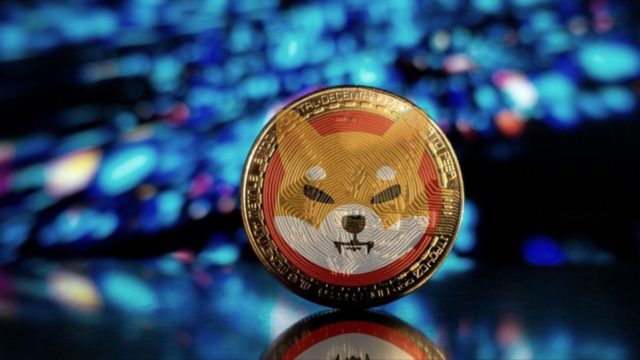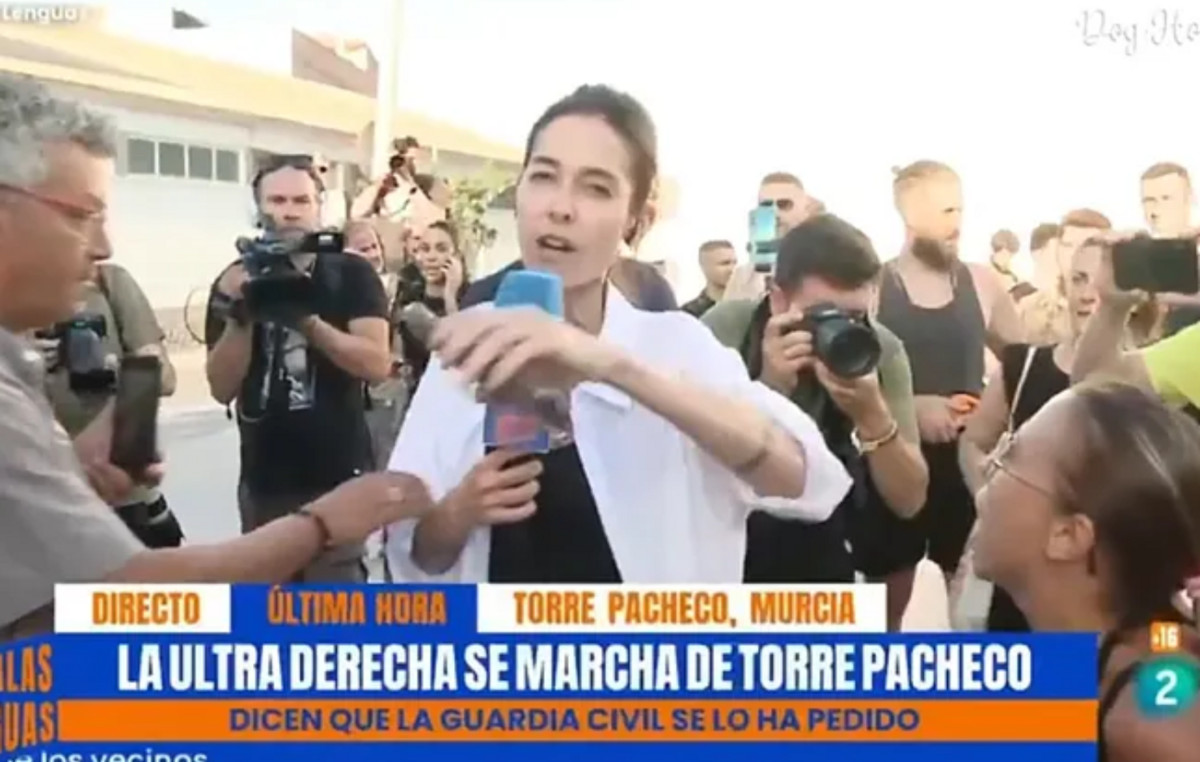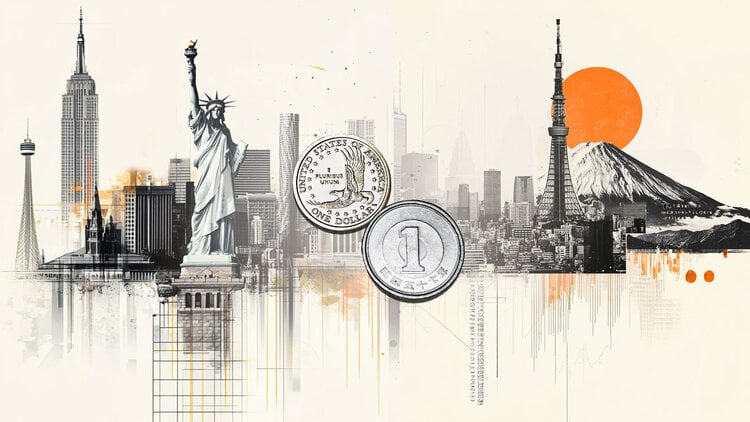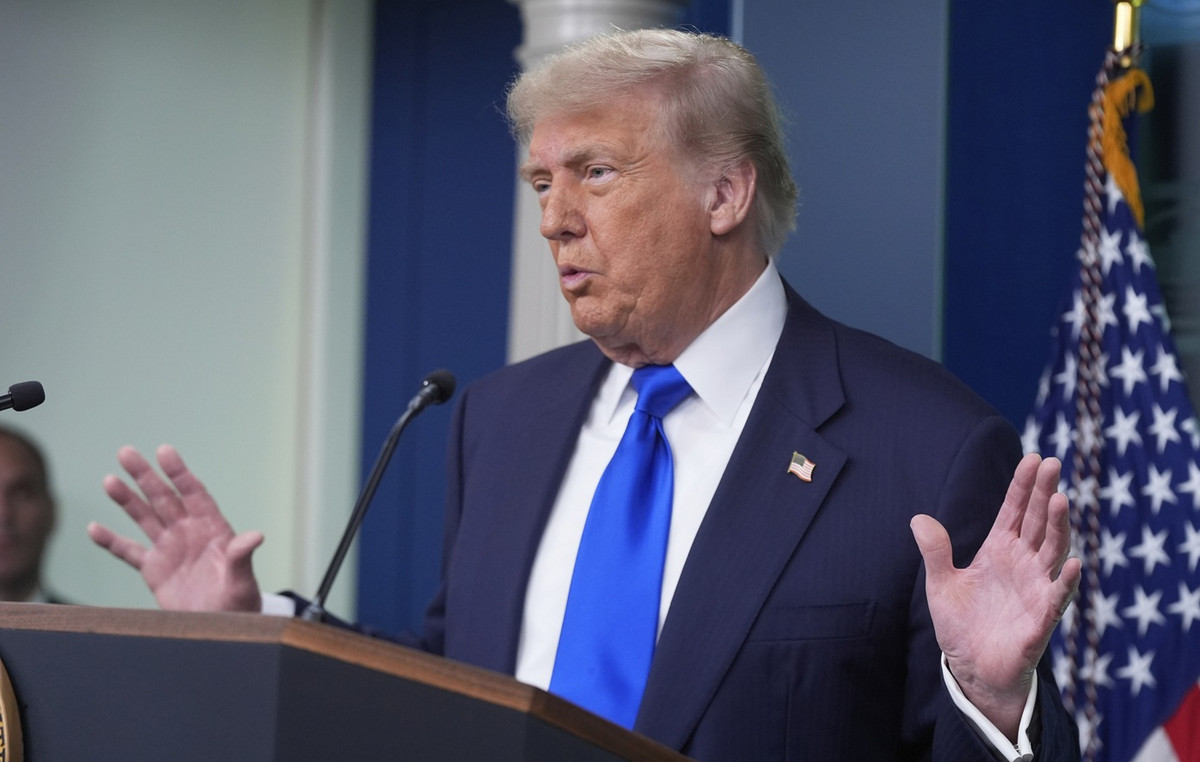Forget the symbolism created around “Indian Day”, when, in schools, the theme was treated as a folkloric date, with colorful costumes and faces. The nomenclature adopted to celebrate April 19 is the “Day of Struggle and Resistance of Indigenous Peoples”, a fair adaptation that transcends folklore and honors the struggle of the residents of 13% of Brazilian lands.
Yanomami, Guarani, Xavantes, Amanayé, Guató, Javaé. There are 305 peoples in all Brazilian states – a diversity that generates 274 languages, according to data from the 2010 Demographic Census carried out by the Brazilian Institute of Statistical Geography (IBGE), the most recent data study for the group.
According to the National Indian Foundation (Funai), from 1500 to the 1970s the Brazilian indigenous population shrank sharply and many peoples became extinct. “The disappearance of indigenous peoples came to be seen as a historical contingency, something to be regretted, but inevitable”, informs the entity.
However, according to Funai, this situation began to show signs of change in the last decades of the last century. “From 1991 onwards, the IBGE included indigenous people in the national Demographic Census. The contingent of Brazilians who considered themselves indigenous grew by 150% in the 1990s,” adds the foundation.
The last Censusrevealed that, of the 896 thousand people who declared themselves or considered themselves to be indigenous, 572 thousand (63.8%) lived in rural areas and 517 thousand (57.5%) lived in officially recognized indigenous lands.
About 13.8% of all land in Brazil is reserved for indigenous peoples. In the country, there are 725 indigenous lands, at different stages of the demarcation process, according to the Instituto Socioambiental (ISA).
Of these lands, only 487 have been homologated since 1988. The government of Jair Bolsonaro (PL) is the first, since the redemocratization of Brazil, not to demarcate any indigenous land, says the institute.
Brazil has 726 indigenous lands*:
- 122 in identification: lands under study by a working group appointed by Funai (includes six interdicted lands for groups in voluntary isolation);
- 43 identified: lands with a study report approved by the presidency of Funai;
- 74 declared: land declared by the Ministry of Justice;
- 487 homologated and reserved: lands homologated by the Presidency of the Republic, acquired by the Union or donated by third parties.
*Information from the Socio-Environmental Institute (ISA)
Distribution by states
All Brazilian states have indigenous lands, although the largest concentration is in Amazonas, with 164 areas. Next, the state with the most indigenous lands is Mato Grosso, with 79; followed by Pará, with 64; and Mato Grosso do Sul, with 56.
According to ISA, the legal jurisdiction divides the areas into Legal Amazon (424 lands), Atlantic Forest Domain (216 lands) and others (85 lands).
“We have nothing to celebrate that day”
Chief Almir Suruí, father of Txai Suruí, a young Brazilian who spoke at COP 26, regrets that April 19 brings nothing to celebrate in the country.
For the chief, the date that highlights the importance of indigenous peoples is a day of collective struggle, resistance and facing challenges, such as “access to public policies by indigenous peoples”.
“We have nothing to celebrate that day, because we are still full of problems, such as invasions of indigenous lands, threats from mining companies, the government using hate speech against our wealth, which is the environment, and our rights of indigenous peoples in the world. Brazil,” he told CNN.
“So, the Day of the Indian, for us, has nothing to celebrate. We have to fight. It is a day of resistance in defense of the collective rights of the indigenous peoples of Brazil”, added Suruí.
Indigenous peoples protest on the Esplanada dos Ministérios against ‘time frame’. See photos:
Almir Suruí believes that the country needs serious policies that reach indigenous lands. He defends that the Indians receive support and preparation to be able to manage their lands, with legal, financial and educational incentives.
“Not having intermediaries, as the government is proposing in its public policy today, for indigenous lands: placing entrepreneurs and agribusiness to lease land. That’s not feasible for me,” she states.
“Now, if the government prepares the indigenous people, provides legal and financial conditions for technical assistance, surely indigenous peoples could have their dignity and manage their territory the way they think it should be. More sustainable, more environmentally, economically and culturally balanced”, said the chief.
In 1940, between the 14th and 24th of April, the First Inter-American Indigenous Congress was held in Patzcuaro, Mexico. In the first days of the event, indigenous representatives did not participate in the meetings, fearing being manipulated by the representatives of the respective national governments.
However, on April 19, the indigenous people decided to participate, and, at the end of the congress, the date was established as a commemorative date for the struggles of the indigenous peoples of the Americas.
In Brazil, the date was made official through Decree-Law No. 5,540, of June 2, 1943, when the country was governed by Getúlio Vargas. According to information from the government of São Paulo, the objective of the officialization was to show the Brazilian population how much the indigenous people contributed to their formation, and for the different cultural practices of indigenous ethnicities to be valued.
One of the most prominent judgments of last year will return to the plenary of the Federal Supreme Court (STF) shortly before the July recess: the validity or not of the time frame on indigenous lands. According to this thesis, the demarcation of an indigenous land can only take place if it is proven that the peoples were on the required space before October 5, 1988, the date of the promulgation of the Federal Constitution. The time frame is defended by ruralists and opposed by indigenous people.
Source: CNN Brasil







